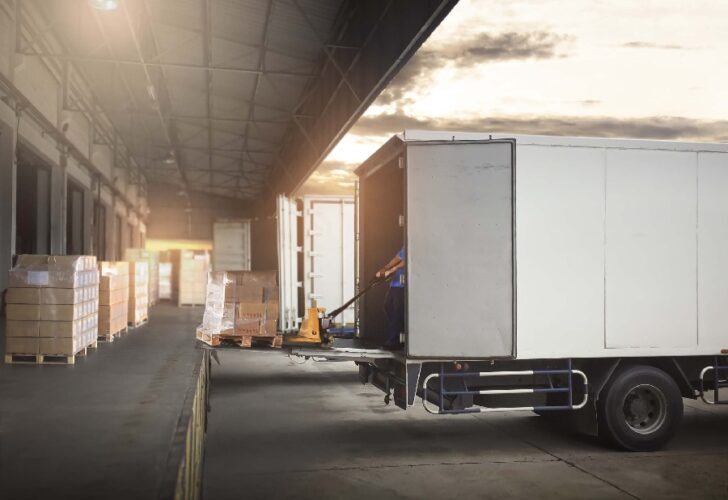Are you wondering how palletised freight is transported and distributed to its destination? Palletised cargo shipping is an efficient and cost-effective way to deliver goods, often used by businesses of all sizes who need to transport heavy or large items. It involves the safe handling, packing, and loading of goods onto a pallet for secure transportation. In this blog post, we will look closer at the process behind freight distribution – from the point when it leaves your warehouse until it arrives at its destination. We will explain how palletised freight works and what happens during shipment including detailing any steps you need to take before shipping out your goods. Ultimately, this guide aims to help businesses better understand why they should consider opting for pallets when transporting their products – saving time, effort, and costs along the way.
The benefits of using palletised freight for transportation and storage
For companies that need to transport and store large amounts of goods, palletised freight provides an efficient solution. It offers the advantages of improved load stability during transportation, with fewer shifting and falling items; fast loading and unloading times due to standardised sizes; increased safety from palletised items being wrapped and secured on the pallet; and more space optimisation when stacking. Furthermore, it is simply more cost effective to transport larger quantities in a single shipment, reducing production costs in the process. Palletised freight certainly has its benefits for those looking for a swift yet secure way of transporting supplies or storing their inventory.
How to choose the right size and type of pallet for safe transport
Choosing the correct size and type of pallet for transporting goods is critical to ensure a safe and successful journey. The best type of pallet will vary depending on the item’s size, weight, fragility and intended route – particularly if transport includes transfer onto a ship or aircraft. High-duty pallets should be used for heavier loads, while fragile items may require additional support. It’s important to also think about pallet space-efficiency when considering the number of products that can be secured into each pallet layer; opting for plastic where possible often works out more cost-effective in the long run. By researching your options thoroughly first, you can make sure your cargo arrives safely at its destination.

Common challenges associated with the transport and distribution of palletised freight, and tips on how to avoid them.
Managing the transport and distribution of palletised freight can present a range of unique challenges for businesses. From issues with timely deliveries, to mistakes in inventory numbers, to damages that occur during transit – all can lead to delays and extra costs. To ensure you get the most efficient service out of your palletised freight transport and distribution system, it’s important to know the common challenges associated and put measures in place to avoid them. Staggering shipments so that they’re not all sent off at once, using ‘smart packing’ to minimise goods movement within containers or vehicles, and ensuring stock is tracked accurately from pickup to destination are just some strategies you can use minimize any potential problems with the transportation process.
In conclusion, the transport and distribution of palletised freight is an integral part of the industrial supply chain. Whilst there are many benefits to using this method, every factor must be carefully considered when selecting the right type and size of pallet and navigating the loading, unloading and storage process. Utilising this knowledge can help ensure that goods can be delivered quickly, safely, and cost-effectively. By being mindful of these rules and best practices, companies can minimise occurrences of lost and damaged products as well as potential service interruptions due to mishandling or miscommunication between shippers and consignees. Ultimately, being conscious of how palletised freight works can help businesses manage their supply chain operations more efficiently and productively.
For more information and services visit SSO Logistics

